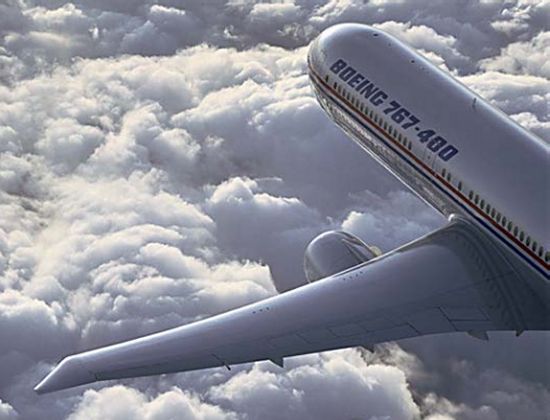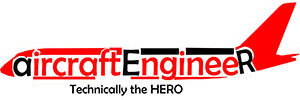Boeing uses a desgin called Raked wingtips. Boeng 787, Boeing 767 and boeing 747- 800 uses the same design. All these aircrafts are capable of flying ultra long distance. This wing tip design is known as Raked wing tips.
Raked wingtips design is where the tip of the wing has a higher degree of sweep than the rest of the wing.
Raked wingtips

Raked wingtips are more efficient in ULTRA LONG cruise segments. Whereas other wingtip treatments like winglets are more efficient in climb. Winglets do reduce drag, but they actually generate a bit of lift due to the way in which wingtip vortices strike the leading edges of the winglet…but that only happens to a significant degree when the wing is at higher angles of attack….like in climb configurations. Aircraft with winglets are shorter range…like the 737. It makes more sense and saves more fuel to optimize the climb and approach segments than it does to try to optimize the cruise phase of the flight. That might seem counter-intuitive, but Boeing engineers proved the math.
Raked wingtips on the other hand don’t generate lift…what they do is reduce drag in a special way…by redirecting wingtip drag (vortices) farther outboard and aft of the rest of the wing… and it also redistributes the lift across the entire wing (called wing loading). The result is that they work in ultra long cruise segments. They don’t depend on wing angle of attack, and they reduce fuel consumption when engine power is already set to cruise.
For more details read this blog.. ( slightly detailed )
Short answer is winglets and raked tips both reduce drag and extend the range of an aircraft. But they do it in different ways…and which way is best depends mostly as a function of cruise flight time.
